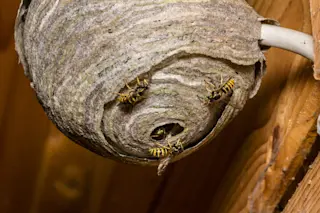More than half the fish that people hunt in the sea are gone, more than half the corals are gone too, and pollution is strangling vast stretches of seafloor. Writing in Proceedings of the National Academy of Sciences last August, marine ecologist Jeremy Jackson of the Scripps Institution of Oceanography sounded an ominous tone: “Mass extinction of multicellular life will result in profound loss of animal and plant biodiversity, and microbes will reign supreme.”
In an influential 2001 paper [subscription required], Jackson had already described the ripple effects of overfishing on coastal ecosystems. But overfishing, he now says, is just “part of a much bigger, more upsetting picture.” Pollution of the ocean by runoff from the land and the fouling of the air with carbon dioxide (which is warming the ocean and acidifying it) are accelerating and expanding the threats to the world’s coastal waters.
The Chesapeake Bay is a ...















